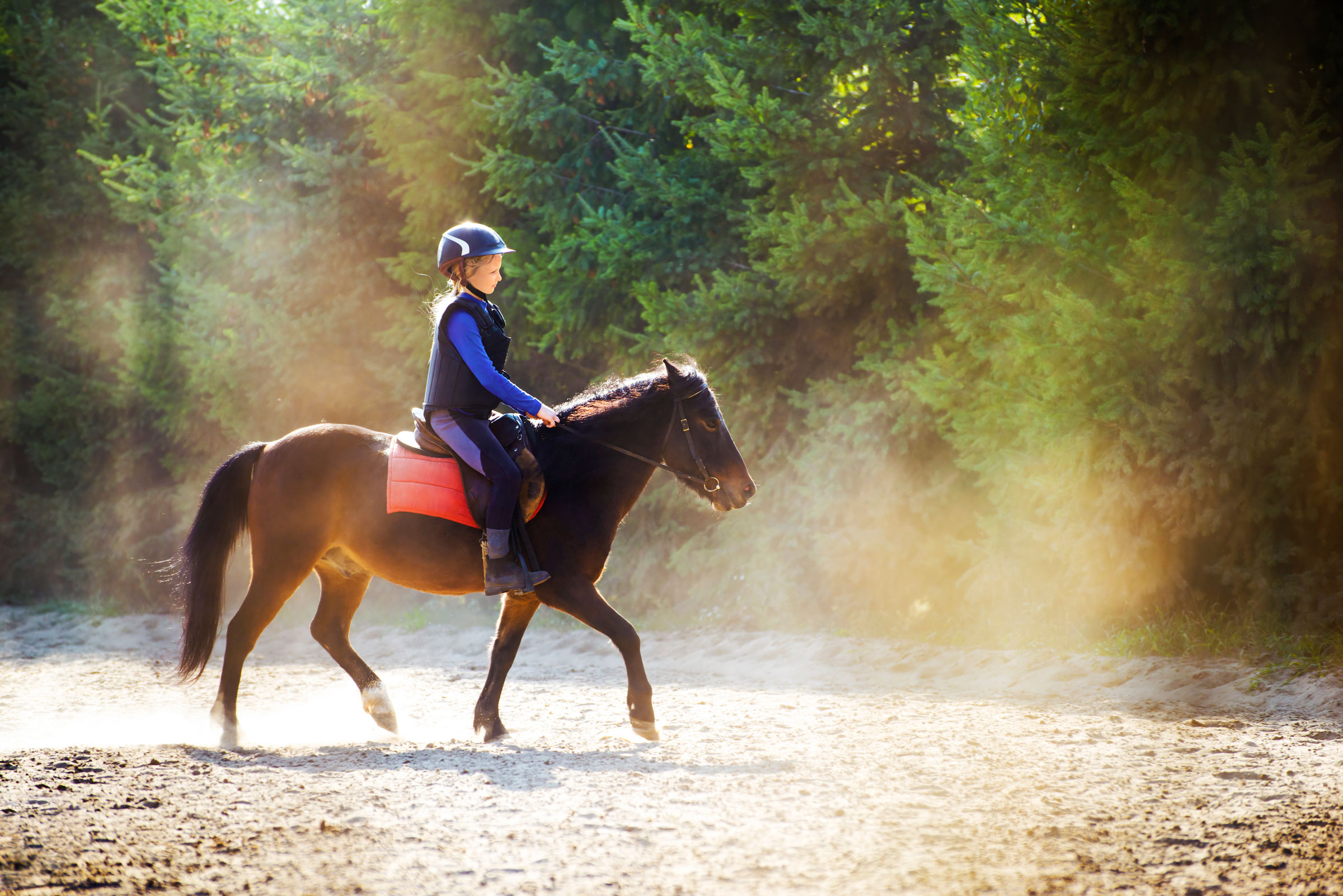
What makes a good footing for horses, and why would the current footing in an arena or round pen have to be completely redone?
Links in articles are part of an Amazon Affiliate program that provides income to support this brand. Links are chosen by our editors.
One of our local large equine facilities recently shared photos of the installation of new footing in their arenas and round pens. Which gave us the inspiration to share what we know on the subject of footing in arenas and round pens.
The reality is, footing doesn’t last forever. Many arena footing experts will suggest you change the footing in your arena every two to 10 years, once the sands break down and become dust.
Check out this book from Amazon: “Horsekeeping on Small Acreage.”
So, what makes good footing? The answer isn’t simple. It depends on where you’re located, how much use your arena/pens get, the type of riding they will be used for, how you plan on maintaining them, and user preference.
Ideal footing is soft enough to absorb the shock and impact of a hoof, but firm enough to support the hoof without overextending the heel or causing toe damage. The footing should drain well, with an approximate one percent slope in the base material. The base should be a flat and contain well-compacted aggregate no larger than one-quarter inch, as larger stones can bruise a hoof. The top layer should be four to six inches deep and should retain enough moisture to not be dusty.
There are many materials you can add to your footing, all of which do different things—sand, rubber, wood, leather, fabric, fibers, felt, synthetics, stone dust, peat moss, wax, wax coated sands, oils, salts, calcium chloride and magnesium chloride … the list goes on and on. We have noticed that a combination of materials tends to serve our clients best. For instance, sand with rubber and a small amount of magnesium chloride work well in frosty winter climates.
Whatever mixture you select, you’ll want to make sure you maintain it properly. Surfaces will need to be dragged regularly, depending on use, and watered regularly, depending on climate.
Regular maintenance on your footing will help it look and function well for years to come!
You can learn more about Animal Arts by visiting their website at www.animalarts.biz.


